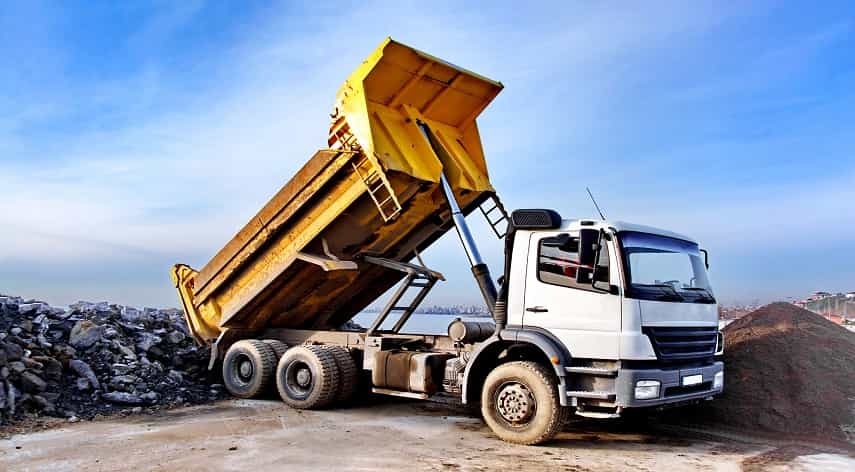5 Heavy Equipment Hauling Mistakes and How to Avoid Them

Are you planning to haul heavy equipment for the job? Are you worried you might make a mistake? The global automobile and heavy equipment trucking market was worth $305.49 billion in 2022.
Many people worry about making mistakes in hauling jobs to stay on top of this competitive industry. Common mistakes cost companies a lot of money.
In this post, we’ll show you some heavy equipment hauling mistakes that are easy to fall into and how to avoid them. We’ll also tell you some errors to watch out for.
Are you ready to start the haul but don’t want to make any mistakes? Keep reading.
Table of Contents
Toggle1. Misunderstanding the Route
Before attempting a haul, drivers should always research the route and double-check that the truck and trailer can fit through all restricted areas. The trip may take longer if the course has to go around, but this also increases safety. Additionally, it’s helpful to call ahead if the way needs to pass through any residential or commercial areas with tight streets.
Estimation errors and surprises should be minimized as much as possible to avoid costly delays or accidents. This may require a contract or particular documents to provide to security. Preparing a backup route is a great way to cover all bases.
2. Inadequate Preparation
It is one of the major mistakes that can be made when hauling oversized and heavy equipment and materials. It is essential to assess the route that will be taken for the delivery. This makes sure that all necessary permits and authorities have been obtained.
Properly securing the cargo before transporting it is critical. This can be incredibly dangerous and should be avoided at all costs. Weather conditions should also be factored in, as well as potential traffic and hazardous materials.
3. Misalignment of Axles
Axles should be placed in the hauling bed’s center and aligned with the load’s center. The turning and stopping distance increases if the axles are not aligned with the load’s center.
To ensure proper alignment of axles, take measurements and use a jack to center the load. Additionally, check if the wheels are free from obstacles, like dirt and rocks, to avoid any issues and risks during transportation.
4. Overloading
When you overload a trailer, there’s more stress and strain on the vehicle that could cause it to break down or veer off the road. It’s essential to weigh loads before traveling to ensure they’re evenly distributed and within the trailer’s specified limits.
Often people neglect to use the right dispersal equipment and fail to secure the load properly. This could put the driver and other drivers on the road in danger. If you have heavy-load attachments, you may consider the help of heavy haul trucking companies.
5. Underestimating Road Conditions
Even the best roadway can have hazardous conditions. You should always take the time to survey the route for potholes, debris, or any other obstructions. Additionally, consider the weather conditions, as driving in rain, snow, or sleet can cause many issues.
Finally, plan for unexpected delays, as traffic or construction could disrupt the most careful plan. Taking precautions and being proactive in your planning can easily avoid any unpredictable road conditions. It is essential to consider heavy equipment hauling safety.
Avoid Heavy Equipment Hauling Mistakes
Overall, being aware of standard heavy equipment hauling mistakes and planning to avoid them will ensure a successful and safe delivery. Follow safe transporting practices, check equipment for reliability, and have a proper trailer to ensure project success.
For more helpful tips, check the rest of our blog site today.
Alfred Williams, a distinguished business writer, navigates the corporate landscape with finesse. His articles offer invaluable insights into the dynamic world of business. Alfred's expertise shines, providing readers with a trustworthy guide through the complexities of modern commerce.
Recommended For You
Spread the loveThe name Broderick Bevineau makes you think of new ideas and starting your own business. Bevineau has made
Spread the loveThe popularity of Airbnb has paved the way for many entrepreneurs to build businesses in the short-term rental
Spread the loveCreating a well-designed and functional website starts long before coding begins. The prototyping phase is a critical step




